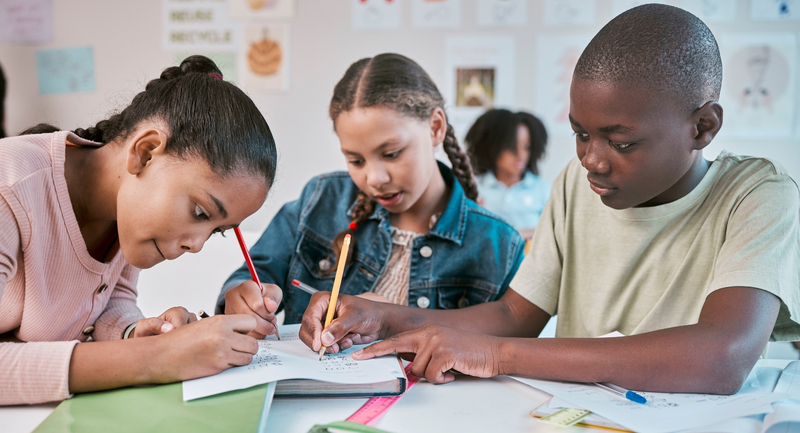Although the Emancipation Proclamation ushered in the end of slavery in 1863, word of freedom traveled slowly. More than two years after the document was signed by President Lincoln, on June 19, 1865, Black people in Galveston, Texas, received the news from Major General Gordon Granger: they were free. The day’s name joins together “June” and “nineteenth,” in recognition of the date of Granger’s announcement.
Juneteenth is a day when Black freedom and joy are celebrated. Over the years, the celebrations have evolved: Many African Americans now observe the day with family and community gatherings, educational events, festivals, food, and dancing. The holiday is also a time of reflection and advocacy, of bringing to light the historical and ongoing injustices African Americans experience in this country.
Unfortunately, and not surprisingly, the history curriculum taught in U.S. schools glosses over this historical event. Moreover, a 2015 study conducted by the National Museum of African American History and Culture estimated that less than 10 percent of U.S. history class time is devoted to teaching Black history. As a result, educators have to be intentional about filling this gap.
Five Ways You Can Celebrate Juneteenth in Your Classroom
1. Bring in a local activist or artist.
Black culture is preserved by storytelling and through music and arts. Partner with a local Black activist or artists who can share stories about African American culture.
2. Support Black-owned businesses.
Black entrepreneurs have faced serious hurdles in gaining access to capital and credit in this country. Research shows that white-owned startups secure an average of $18,500 in outside equity when launching, compared to just $500 for Black-owned startups. Expose your students to various Black entrepreneurs throughout the school year. Incorporate their stories into your curriculum or invite them into your classroom to show how they’ve developed their business or product. You can normalize Black entrepreneurship by having consistent and diverse representation on a local level.
3. Create a lesson plan around Juneteenth and Black culture.
Culturally responsive pedagogy has been central to good teaching long before the pandemic. Every enlightened educator strives for their students to see themselves in the instruction. Spend time teaching different aspects of Juneteenth, like the symbolism in its flag, and encourage dialogue among your students. Teach For America and Learning for Justice offer a variety of Juneteenth teaching resources.
4. Share local Juneteenth celebrations.
Research and pull together a list of local celebrations your students can attend with friends and family.
5. Challenge yourself to learn more.
Juneteenth has a rich history that celebrates Blackness and the continued push for racial equity and justice. The best way to honor this holiday is to reflect, learn, and educate our students and ourselves.
Resources to Advance Equity in Your Practice
- Sharon I. Radd, Gretchen Givens Generett, Mark Anthony Gooden, & George Theoharis‘s Five Practices for Equity-Focused School Leadership (2021)
- Brenda CampbellJones, Shannon Keeny, & Franklin CampbellJones’s Culture, Class, and Race: Constructive Conversations That Unite and Energize Your School and Community (2020)
Learn from Black Educators
ASCD recently asked influential Black authors and faculty members to tell the story of their experiences in the classroom and how Black history has shaped their lives and careers. Watch their inspiring videos below.








